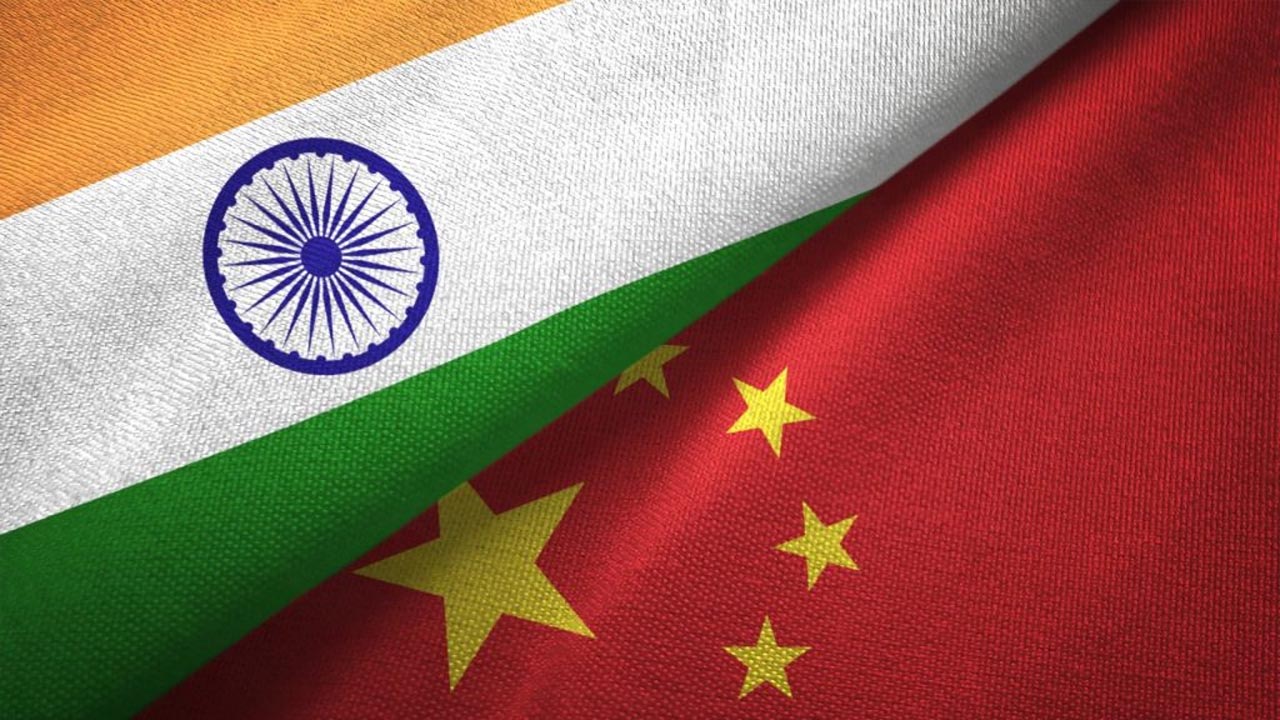
The International Monetary Fund (IMF) has recently revised its economic outlook, presenting a positive forecast for China, India, and Europe. However, expectations for the United States and Japan have been modestly lowered. The IMF’s World Economic Outlook report emphasizes the pivotal role of India and China in driving global economic growth, while expressing concerns about the economic stability of the US, Japan, and Europe.
Leading the Global Economy
India and China are now at the forefront of global economic expansion, accounting for nearly half of the world’s growth. The report highlights the significant impact of Asia’s emerging markets on the global economy. Despite this, the global economy is projected to grow at a modest 3.2% this year, unchanged from the April forecast and below the pre-pandemic average of 3.8%.
Traditional Drivers Slow Down
Traditionally, the US and Europe have been the main drivers of global economic growth. Currently, they are perceived as slowing down the momentum provided by China and India. The US and Europe account for about 46% of the world’s GDP, while China and India contribute around 21%. This shift in economic power indicates a changing global landscape.
Economic Projections and Performance
The IMF projects global output to grow at 3.2% in 2024, with a slight increase to 3.3% in 2025. China’s economy is expected to expand by 5% this year, a robust rate given its size. However, this growth falls short of the 6.1% estimated by China’s National Bureau of Statistics. China’s economic performance faced setbacks due to a real estate downturn, highlighting vulnerabilities in its economic structure. Long-term challenges for China include a collapsing housing market and an ageing population.
India’s Economic Growth
India is projected to grow at 7% in 2024, an upward revision from the IMF’s April forecast of 6.8%. The IMF previously described India as the world’s fastest-growing economy, driven by improvements in private consumption, especially in rural areas. India’s robust economic performance is a significant contributor to global growth.
Political Uncertainty and Trade Tensions
Political instability and rising protectionism, particularly from the US and EU, are exacerbating inflationary pressures. Both President Joe Biden and former President Donald Trump have adopted tariffs on Chinese goods as key elements of their political campaigns. The IMF warns that such policies could lead to significant economic policy shifts post-elections, increasing global uncertainty.
Challenges in Europe
Despite strong growth in the euro area, high borrowing rates continue to challenge EU economies. France’s left-wing New Popular Front coalition has proposed policies that could increase government spending by approximately $163 billion, potentially raising national debt. This development highlights the ongoing economic struggles within Europe, even as the region shows signs of recovery.
Global Inflation Trends
Global inflation remains high, though the IMF expects it to decrease from 6.7% in 2023 to 5.9% this year. Persistent inflation may compel central banks to maintain elevated borrowing costs, despite recent significant interest rate hikes. The battle against inflation remains a critical issue for global economic stability.
Concerns in the US and Japan
The United States is anticipated to experience slower growth than previously forecasted, primarily due to high inflation affecting consumer spending. Analysts suggest that the Fed might begin lowering rates as early as September, though no definitive timeline has been provided. The IMF has downgraded its growth forecast for the US to 2.6%, reflecting a weak first quarter. Similarly, Japan’s growth projection has been revised down to 0.7% for 2024, impacted by disruptions in the automotive sector.
Long-term Challenges for China
China’s economy, once growing in double digits, now faces serious long-term challenges, including a collapsing housing market and an ageing population. The IMF warns that by 2029, China’s growth will slow to 3.3%. These challenges indicate that the famed Chinese factories could face acute labor shortages in the near future.
The Big Picture
India and China continue to be pivotal in driving global economic growth amidst a backdrop of political and economic uncertainties in the US and Europe. The IMF’s latest projections underscore the shifting dynamics of the global economy, with Asia’s emerging markets playing an increasingly crucial role. The economic strategies adopted by these major players will be instrumental in shaping the future trajectory of global growth.
The changing dynamics of the global economy highlight the growing influence of India and China, while traditional powerhouses like the US and Europe face significant challenges. The IMF’s report serves as a reminder of the importance of adaptability and strategic planning in navigating the complexities of global economic growth. As the world contends with inflationary pressures and geopolitical tensions, the role of emerging markets in driving economic expansion will be more critical than ever.
(With inputs from agencies)







